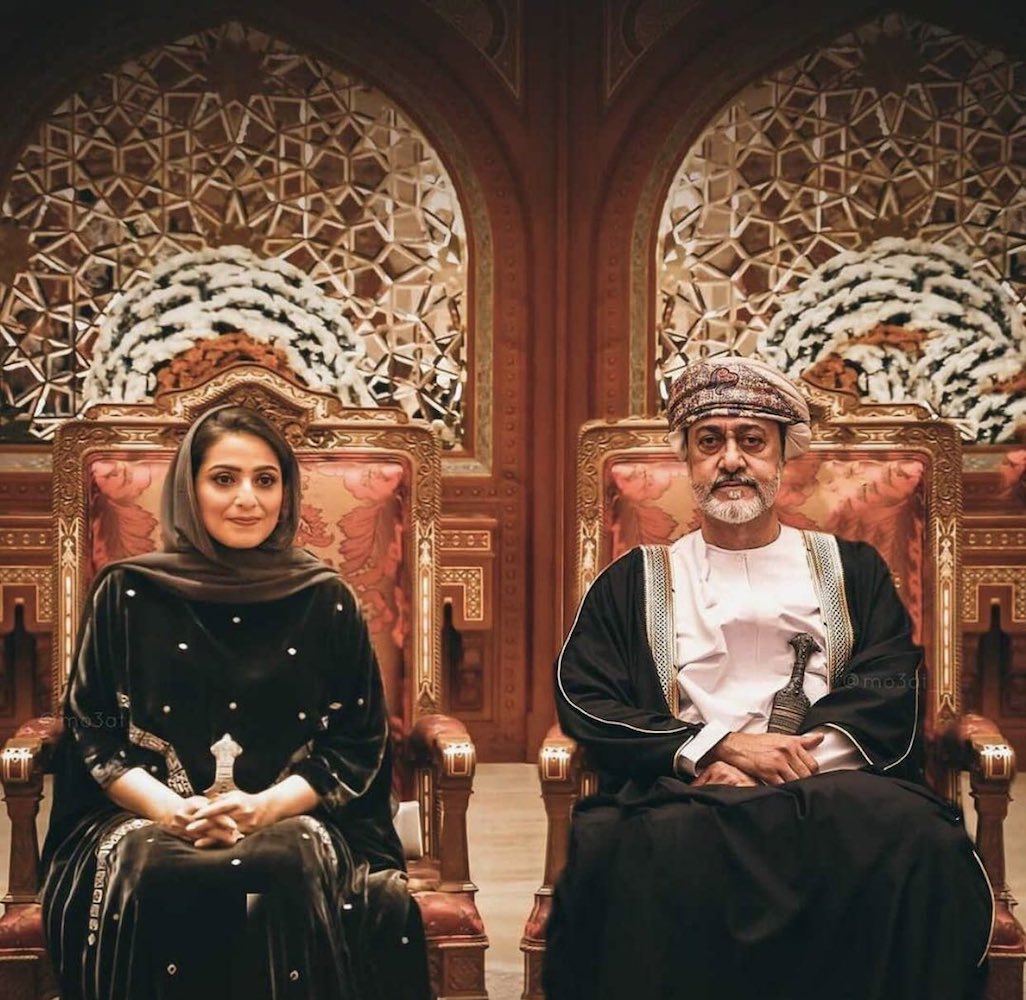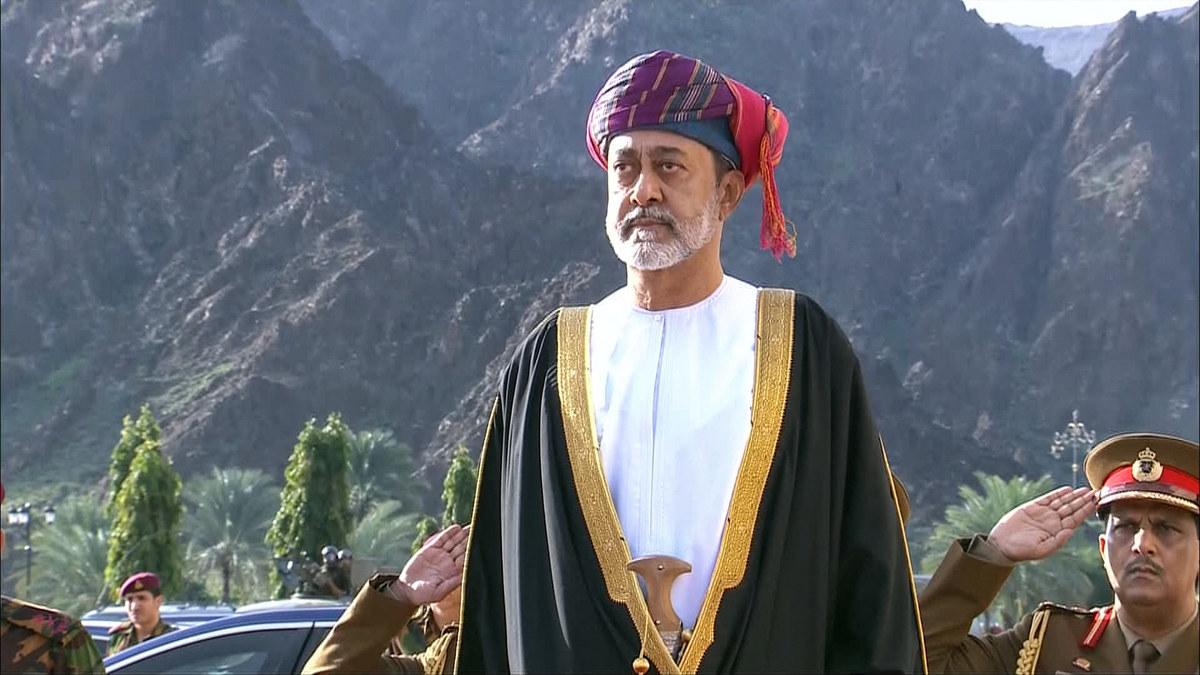DUBAI: Before he became sultan of Oman, Haitham bin Tariq Al-Said was widely seen as the continuity candidate when he was named the preferred successor to his cousin and ruler of almost 50 years, Qaboos bin Said. Yet he has already made his mark on the Gulf sultanate.
He became Oman’s new ruler on Jan. 11, 2020, at the age of 65, just a day after Sultan Qaboos’s death, bringing with him proven business acumen and long experience in government service at a ministerial level.
Continuity meant staying the course with Oman’s foreign policy and development agenda, at a time of heightened regional tensions, low oil demand and, of course, the gloom of the coronavirus pandemic. And yet, in only his first months in power, Sultan Haitham has delegated more responsibilities to
his ministers and reformed the line of succession.
He was born in Muscat on Oct. 13, 1954 to the prominent Al-Said family and went on to study diplomacy at the UK’s University of Oxford, graduating in 1979.
Sultan Haitham is married to Ahad bint Abdullah bin Hamad Al-Busaidiyah, who, following a debut appearance at the Bait Al-Barakah Palace on International Women’s Day, 2020, is regarded as something of a role model and style icon in the Arab world. The royals have two sons and two daughters.

Sultan Haitham is married to Ahad bint Abdullah bin Hamad Al-Busaidiyah. (Oman News Agency)
Having launched several business ventures with his brother Talal, the sultan went on to hold a number of posts in government, first as a diplomat, serving as undersecretary for political affairs at the foreign ministry from 1986 to 1994, then as minister of heritage and culture for 18 years.
He was also head of Oman’s Vision 2040 agenda, overseeing the sultanate’s development plans with a keen eye for creating opportunities for young Omanis.

An image grab taken from Oman TV on January 11, 2020, shows Oman's Sultan Haitham bin Tariq, following a swearing in ceremony as Oman's new leader, after the death the previous day of Sultan Qaboos, on January 11, 2020. (AFP/Oman TV)
In January, Sultan Haitham announced that Oman would appoint a crown prince for the first time. His eldest son, Dhi Yazan bin Haitham, will thus become the sultanate’s first crown prince. The announcement came on the first anniversary of the sultan’s assumption of power.
A second decree established a new law for the parliament, the Council of Oman. It defined the council’s capabilities, membership conditions and their rights and duties, and regulation of everything related to the council’s affairs.
In May, Sultan Haitham directed the government and the private sector to create more than 32,000 jobs to support self-employed Omanis and business owners. The initiative was part of government efforts to boost employment and mitigate the effects of the COVID-19 pandemic.
The order also included stipends to create a planned 15,000 private-sector jobs for the next two years and government subsidies for those entering the workforce for the first time.
Sultan Haitham’s arrival in Saudi Arabia marks a historic opportunity to cement economic ties during a time of significant change in the region.














